Farnsworth D-15 color blind test
Contents
- About Farnsworth D-15 color blind test
- Scoring
- Sensitivity of the online Farnsworth D-15 color blind test
About Farnsworth D-15 color blind test
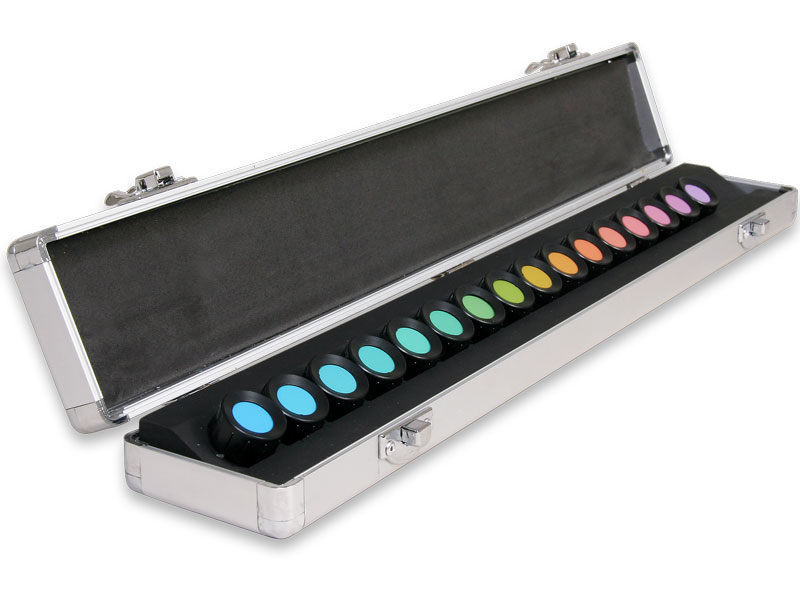
D-15 dichotomous test was originally introduced in 1947 by Mr. Farnsworth. The D-15 test is a so called arrangement test. This type of color blindness tests are based on a set of colored plates or discs which have to be arranged in the correct order. Colorblind people will have difficulties to arrange the given colors and make mistakes. Based on this mistakes and the resulting confusion vector, the type of your color blindness and as well its severity can be calculated. Some studies show only 53.5% sensitivity (but 100% specificity) compared to the “standard gold” anomaloscope.
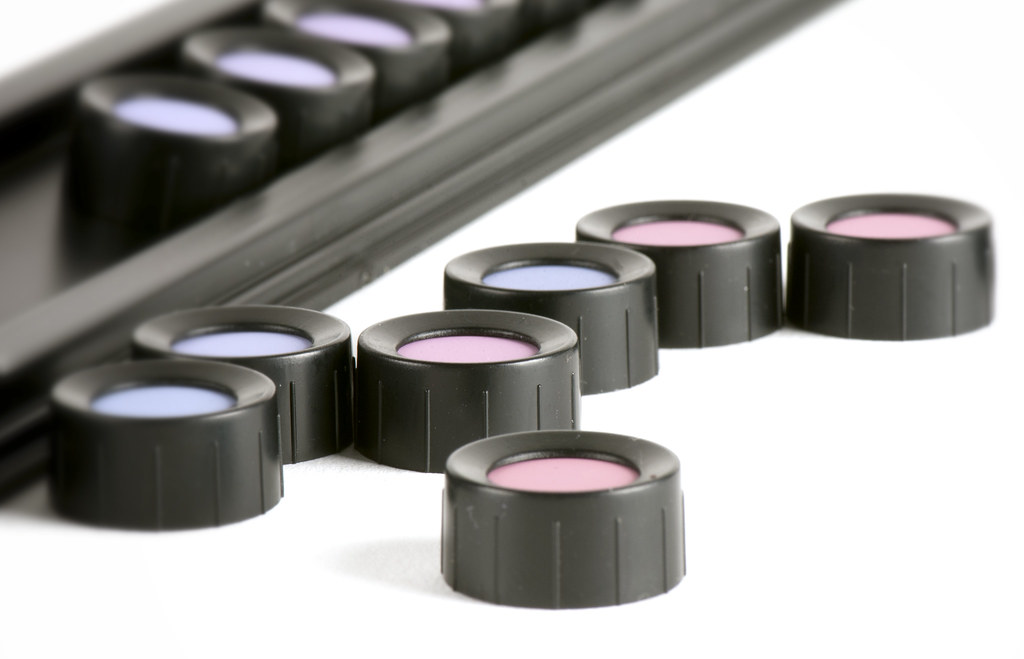
The D15 set is a modification of the well-known FarnsworthMunsell 100 Hue Test. The D15 test is intended for classification instead of more time-consuming in-depth study of color vision defects using the 100-Hue test. Each D15 set contains a reference disc and fifteen numbered discs, which make up an incomplete color circle. Following an attempt to sequentially arrange the discs by the patient, evaluation determines color perception or defects in deutan, protan or tritan axis discrimination.
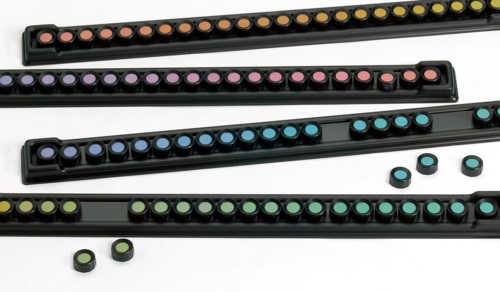
FarnsworthMunsell 100 Hue Test
Scoring
A patient with a color vision deficiency will arrange the color discs in a different order than a person with normal color vision. The patient’s selection of the discs is diagramed on a copy of the score sheet template.
A line is then drawn from the starting point (Reference disc which is blank on the bottom) through the sequence determined by the patient. If the lines remain along the outside of the circle (few chips out of order) then the patient is deemed to be ‘normal’ or very mildly color deficient. If the sequence lines cross the center repeatedly, the patient has a medium or strong defect. The type of defect is determined by comparing these crossover lines to see if they are parallel to the protan, deutan or tritan color confusion axes. Confusions occurring regularly in a certain direction across the score sheet reveal the type of color defect. See figures below. Confusions among color discs that are close together are not considered significant. With the Farnsworth test, the difference between mild and medium defect is not easily defined. The difference between medium and strong deficiency is often considered at 10 crossings.
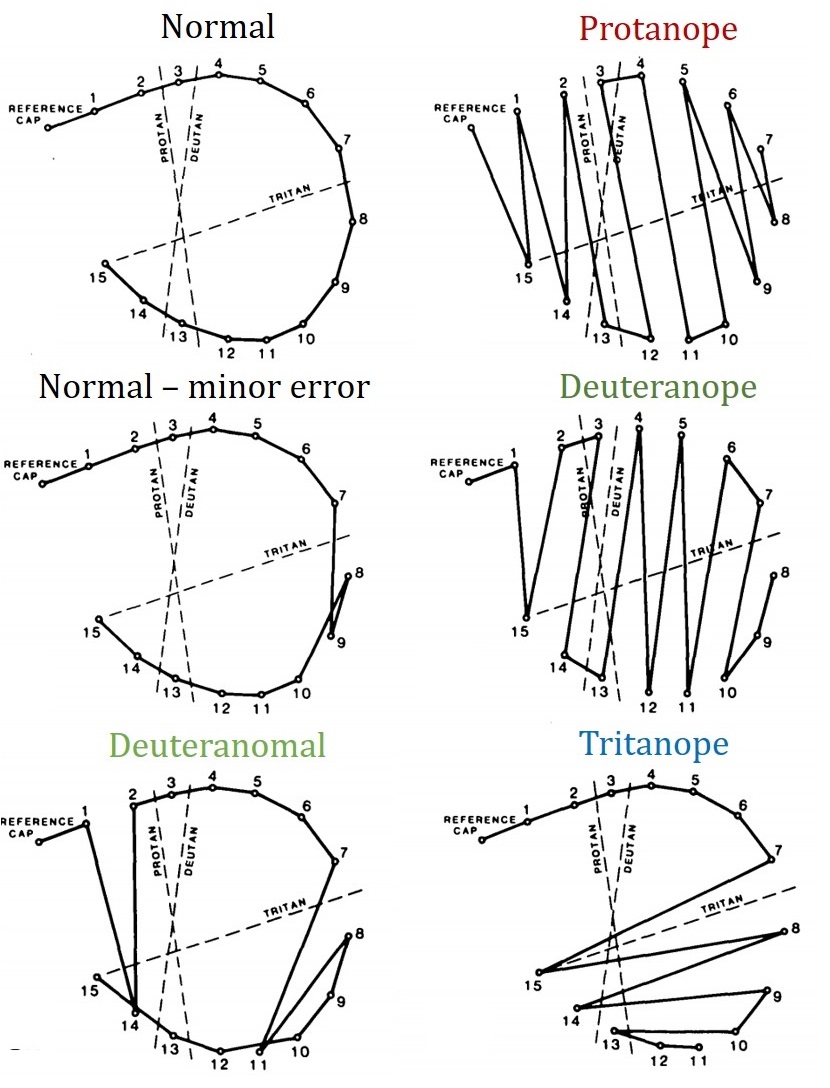
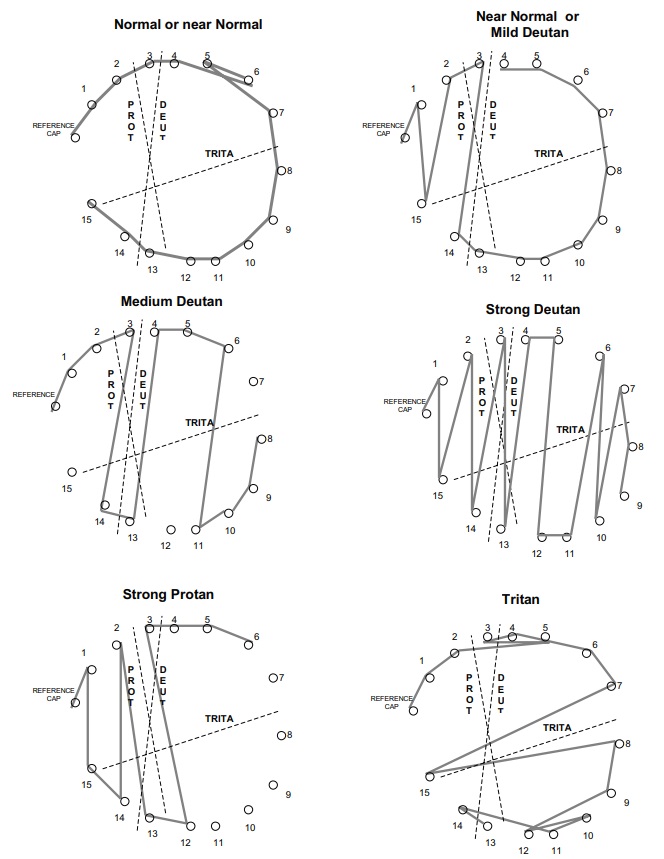
Online Farnsworth D-15 color blind test
The online test indicates 0 error points for 15 correct hits. Only 2 error points are allowed to pass the test. The online test has a sensitivity of 79.31%, a specificity of 96.97%, a positive predictive value of 97.87%, and a negative predictive value of 72.73%, while some studies show, that the original D15 has 53.5% sensitivity, 100% specificity compared to the “standard gold” anomaloscope.
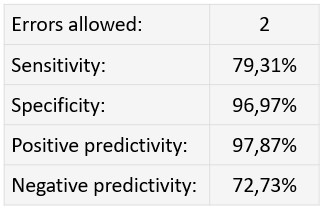
It can be concluded that the online version of the D15 test alone, like the original test, may not provide sufficiently accurate information about the type of color blindness, but it can also provide a reliable diagnosis of the presence and severity of color blindness.














































